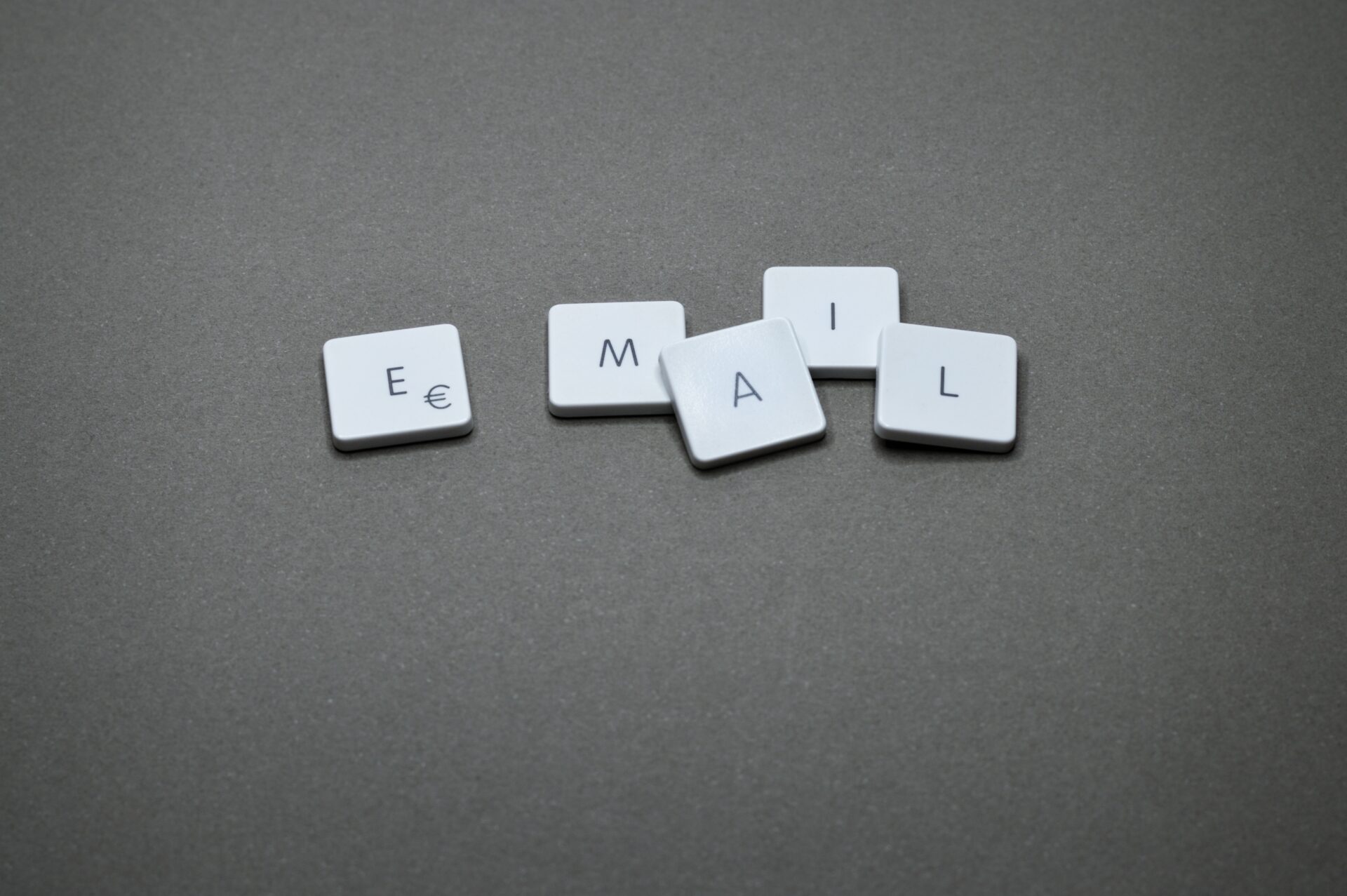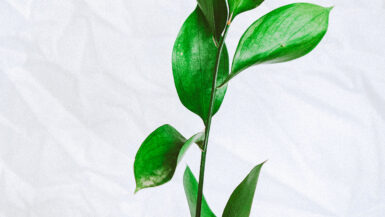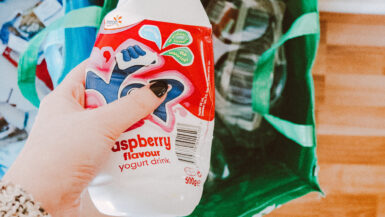In today’s world, the awareness surrounding the harmful effects of plastic on our environment has become increasingly significant. As we strive to adopt sustainable and eco-friendly practices, one aspect of our daily lives that requires a noteworthy transformation is the realm of household cleaning products. In this article, we will delve into the world of DIY plastic-free cleaning solutions that not only help in reducing our plastic footprint but also ensure a safe and toxin-free environment in our homes. Join us as we explore various recipes, ingredients, and techniques to create effective, natural, and plastic-free alternatives to conventional cleaning products, and take a step towards a greener, healthier lifestyle.
Eco-Friendly Homemade All-Purpose Cleaner Recipes
Transitioning to a plastic-free lifestyle involves rethinking our habits and choices in various areas of life, including the way we clean our homes. Conventional cleaning products often come in plastic packaging and contain harmful chemicals that can be detrimental to our health and the environment. To help you make the switch to eco-friendly cleaning options, we’ve compiled a list of simple, effective, and cost-efficient homemade all-purpose cleaner recipes that you can try today.
Simple Vinegar and Water Solution
One of the most basic yet effective eco-friendly cleaning solutions is a simple mix of equal parts white vinegar and water. This all-purpose cleaner can be used on various surfaces, including countertops, sinks, and glass. To create a pleasant scent, add a few drops of your favorite essential oil, such as lavender or lemon. Just be sure to avoid using this solution on natural stone surfaces, as vinegar can cause damage over time.
Baking Soda and Lemon Scrub
For a powerful yet gentle scrub that can tackle even the most stubborn stains, try combining baking soda and fresh lemon juice. Mix enough lemon juice with baking soda to form a thick paste, and use it to scrub surfaces such as stovetops, ovens, and bathroom tiles. The natural acidity of lemon juice works wonders in breaking down grime, while baking soda provides a mild abrasive action that effectively removes dirt without scratching surfaces.
Castile Soap and Water Spray
Castile soap is a versatile and environmentally friendly soap made from plant-based oils. To create an effective all-purpose cleaner, mix one tablespoon of liquid castile soap with two cups of water in a spray bottle. Shake well before each use, and spray the solution onto surfaces before wiping clean with a reusable cloth. This gentle cleaner is suitable for a wide range of surfaces, including wood, natural stone, and stainless steel.
Herbal Infused Vinegar Cleaner
If you’re looking for a more sophisticated all-purpose cleaner with added benefits, try creating an herbal infused vinegar solution. Fill a glass jar with white vinegar and add your choice of fresh or dried herbs, such as rosemary, thyme, or mint. Allow the mixture to steep for at least two weeks, then strain the herbs and transfer the infused vinegar to a spray bottle. Dilute the vinegar with an equal amount of water, and you have a fragrant and effective cleaner that also boasts the antimicrobial properties of the herbs used.
Embracing a plastic-free lifestyle doesn’t mean compromising on cleanliness. With these eco-friendly homemade all-purpose cleaner recipes, you can maintain a clean and healthy home while reducing your environmental impact and avoiding exposure to harsh chemicals found in conventional cleaning products. Give these recipes a try and discover the benefits of going green in every aspect of your life.
DIY Natural Laundry Detergent Solutions
Incorporating plastic-free and eco-friendly alternatives into your laundry routine can significantly reduce your environmental impact while still ensuring your clothes are clean and fresh. Conventional laundry detergents often come in plastic packaging and contain harmful chemicals that can irritate the skin and pollute waterways. By creating your own DIY natural laundry detergent solutions, you can take control of the ingredients used and minimize plastic waste. In this section, we will explore a variety of homemade laundry detergent recipes that are effective, easy to make, and gentle on the environment.
Soap Nuts: Nature’s Laundry Detergent
A popular natural and plastic-free alternative to conventional laundry detergents is soap nuts, also known as soapberries. These small, dried fruits contain a natural soap-like substance called saponin, which has excellent cleaning properties. To use soap nuts for laundry, simply place 4-5 soap nuts in a small cloth bag and toss it into the washing machine with your clothes. Soap nuts can be reused for several washes, making them an economical and sustainable choice.
Powdered Laundry Detergent with Washing Soda
For those who prefer a powdered laundry detergent, try making your own using washing soda, a natural cleansing agent derived from soda ash. To create the detergent, combine two parts washing soda with one part grated natural bar soap, such as castile soap or a soap made from coconut oil. Optionally, add a few drops of your favorite essential oil for a pleasant scent. Use one to two tablespoons of the mixture per laundry load, depending on the size and level of dirtiness.
Liquid Laundry Detergent with Castile Soap
If you prefer liquid laundry detergent, this simple recipe using castile soap is both effective and easy to make. In a large container, combine one cup of grated castile soap, one cup of washing soda, and one cup of borax. Slowly add two gallons of hot water, stirring until all ingredients have dissolved. Allow the mixture to cool, then transfer it to a reusable container for storage. Use 1/4 to 1/2 cup of the liquid detergent per laundry load, depending on the size and level of dirtiness.
DIY Fabric Softener with Vinegar
To round out your plastic-free laundry routine, consider making your own fabric softener using white vinegar. Simply add 1/4 cup of white vinegar to the fabric softener dispenser in your washing machine, or to a small basin of water for handwashing. The vinegar helps to naturally soften clothes and eliminate static cling, without the need for chemical-laden fabric softeners that often come in plastic packaging.
Switching to DIY natural laundry detergent solutions is not only beneficial for the environment but can also help you save money and reduce your exposure to harmful chemicals. By using these simple recipes and techniques, you can create an effective and eco-friendly laundry routine that aligns with your commitment to a plastic-free lifestyle. Give these solutions a try and experience the satisfaction of knowing you’re doing your part to protect our planet.
Creating Your Own Plastic-Free Dishwashing Soap
Eliminating plastic from your dishwashing routine can significantly reduce your environmental footprint while ensuring your dishes are spotlessly clean. Conventional dishwashing soaps often come in plastic bottles and contain harsh chemicals that can not only harm the environment but also leave residue on your dishes. By crafting your own plastic-free dishwashing soap, you can take control of the ingredients used, minimize plastic waste, and ensure the safety of your household. In this section, we will explore a variety of DIY plastic-free dishwashing soap recipes that are effective, easy to make, and gentle on the environment.
Simple Castile Soap Dishwashing Liquid
Castile soap is a versatile and eco-friendly cleaning agent made from plant-based oils. To create a simple yet effective dishwashing liquid, mix one part liquid castile soap with three parts water in a reusable container. For added grease-cutting power, you can also add a few drops of lemon essential oil. Use this solution as you would any conventional dishwashing liquid, ensuring that your dishes are thoroughly cleaned without the use of harmful chemicals.
Baking Soda and Salt Dish Scrub
For a powerful and eco-friendly dish scrub that can tackle stubborn food residue, try combining equal parts baking soda and coarse salt. This mixture can be stored in a glass jar and sprinkled onto a damp sponge or reusable cloth as needed. The abrasive action of the baking soda and salt effectively removes stuck-on food particles without the need for harsh chemicals or plastic packaging.
Solid Dish Soap Bar
If you prefer a solid dish soap, consider making your own using natural ingredients such as coconut oil, castor oil, and essential oils for fragrance. To make a solid dish soap bar, melt equal parts coconut oil and castor oil in a double boiler, then add a few drops of your favorite essential oil for scent. Pour the mixture into a silicone mold and allow it to cool and harden. Once solid, simply rub a wet sponge or cloth on the soap bar to create a rich lather for washing dishes. This plastic-free dish soap option not only cuts down on packaging waste but also offers a space-saving solution for compact kitchens.
DIY Dishwasher Detergent Tablets
For those using a dishwasher, creating your own plastic-free dishwasher detergent tablets can be a simple and effective way to reduce waste. To make these tablets, mix equal parts washing soda, baking soda, and citric acid in a bowl. Add a small amount of water or white vinegar, just enough to create a damp, crumbly mixture. Press the mixture into an ice cube tray, and let it dry for several hours or overnight. Once dry, pop the tablets out of the tray and store them in a reusable container. Use one tablet per dishwasher load for sparkling clean dishes without the plastic waste.
By embracing these DIY plastic-free dishwashing soap recipes, you can make a positive impact on the environment while ensuring your dishes are clean and residue-free. Experiment with these various options and discover the joy of crafting your own eco-friendly cleaning solutions, contributing to a healthier and more sustainable lifestyle.
Non-Toxic Homemade Bathroom Cleaning Solutions
Creating a clean and healthy bathroom environment is essential for maintaining a hygienic home. Unfortunately, conventional bathroom cleaning products often come in plastic packaging and contain harsh chemicals that can be harmful to both our health and the environment. By opting for non-toxic homemade bathroom cleaning solutions, you can effectively clean your bathroom while reducing your plastic footprint and exposure to harmful chemicals. In this subsection, we will explore various DIY plastic-free cleaning solutions that specifically target bathroom surfaces, fixtures, and common issues like mold and mildew.
Natural Toilet Bowl Cleaner
A clean and fresh toilet bowl is a must-have in any bathroom, but you don’t need harsh chemicals to achieve it. For an effective and eco-friendly toilet bowl cleaner, simply combine one cup of white vinegar with 1/4 cup of baking soda. Pour the mixture into the toilet bowl and let it sit for a few minutes before scrubbing with a toilet brush. The vinegar and baking soda work together to remove stains, deodorize, and disinfect the toilet bowl without harming the environment.
DIY Grout Cleaner
Grout can easily become discolored and dirty over time, detracting from the overall cleanliness of your bathroom. To create a powerful and non-toxic grout cleaner, mix equal parts baking soda and hydrogen peroxide to form a thick paste. Apply the paste to the grout lines using an old toothbrush or small brush, and let it sit for 15-20 minutes before scrubbing and rinsing with water. This plastic-free solution effectively removes dirt and stains, leaving your grout looking fresh and clean.
Gentle Bathtub and Sink Scrub
Bathtubs and sinks can accumulate soap scum and stains, making them difficult to clean without the use of abrasive chemical cleaners. For a gentle yet effective bathtub and sink scrub, mix equal parts baking soda and liquid castile soap to form a paste. Apply the paste to the surface of the tub or sink and scrub with a soft cloth or sponge before rinsing with water. This non-toxic solution will leave your bathroom fixtures sparkling clean without causing damage to the environment or your health.
Mold and Mildew Remover
Mold and mildew are common problems in bathrooms due to the humid environment. To tackle these issues without the use of harsh chemicals, try a simple homemade solution made of equal parts white vinegar and water. Spray the mixture onto the affected areas, and let it sit for at least an hour before scrubbing with a brush and rinsing with water. The vinegar helps to kill mold and mildew spores, while also preventing future growth. For added mold-fighting power, add a few drops of tea tree oil to the mixture.
Switching to non-toxic homemade bathroom cleaning solutions not only benefits the environment but can also improve the overall health and cleanliness of your home. By using these simple yet effective recipes, you can maintain a pristine bathroom without the need for plastic packaging or harmful chemicals. Embrace these eco-friendly cleaning alternatives and enjoy a cleaner, greener, and healthier home.
Crafting Reusable Cleaning Tools and Accessories
In addition to using eco-friendly homemade cleaning products, swapping out single-use and plastic-based cleaning tools with reusable and sustainable alternatives can significantly contribute to a greener, plastic-free lifestyle. This subsection will explore various options for crafting your own reusable cleaning tools and accessories, ensuring that your commitment to a plastic-free home extends to every aspect of your cleaning routine.
Repurposing Old Clothes as Cleaning Rags
Instead of using disposable paper towels or buying new cleaning cloths, consider repurposing old t-shirts, towels, or other fabric items as cleaning rags. Simply cut the fabric into manageable sizes and use them to wipe, scrub, and polish surfaces throughout your home. The best part? These homemade cleaning rags can be washed and reused many times, reducing waste and saving you money.
DIY Reusable Mop Pads
Conventional mop pads often contain synthetic materials and can be expensive to replace regularly. By creating your own reusable mop pads, you can reduce plastic waste and ensure a more eco-friendly cleaning routine. To make a DIY mop pad, use a piece of absorbent fabric, such as an old towel or microfiber cloth, and cut it to the size of your mop head. Attach the fabric to the mop using hooks, Velcro, or elastic bands, and voila! You have a reusable mop pad that can be easily removed, washed, and reused.
Homemade Reusable Duster
A reusable duster can be easily crafted using materials you likely already have at home. For a simple DIY duster, secure a piece of soft fabric, such as an old sock or microfiber cloth, over the end of a long-handled tool, such as a broom or mop handle. Secure the fabric in place with a rubber band or string, and use the homemade duster to clean hard-to-reach areas, such as ceiling fans and high shelves. When the duster becomes dirty, simply remove the fabric, wash it, and reattach it for the next cleaning session.
Creating Reusable Cleaning Wipes
Disposable cleaning wipes are convenient but contribute to unnecessary waste and often come packaged in plastic. By making your own reusable cleaning wipes, you can enjoy the convenience of pre-moistened wipes while minimizing your environmental impact. To create reusable cleaning wipes, cut a piece of absorbent fabric, such as an old towel, into squares. Soak the fabric squares in a solution of equal parts water and white vinegar, along with a few drops of your favorite essential oil for fragrance. Store the soaked wipes in a reusable container, and use them as needed for quick and easy cleaning tasks. When the wipes become dirty, simply toss them in the laundry and reuse them again and again.
By crafting your own reusable cleaning tools and accessories, you can take your commitment to a plastic-free lifestyle one step further. These DIY solutions not only help reduce waste and environmental impact but also offer cost savings and the satisfaction of knowing you’re making a difference in the health of our planet. Embrace these sustainable cleaning alternatives and continue your journey towards a greener, cleaner, and happier home.





Leave a reply